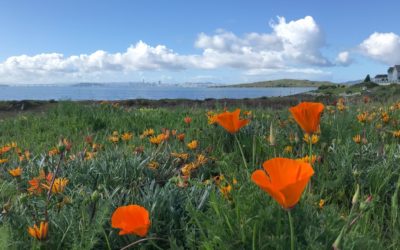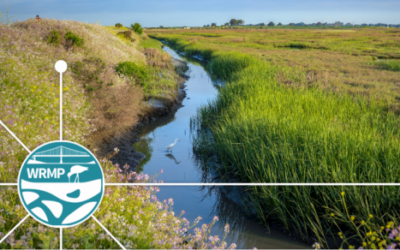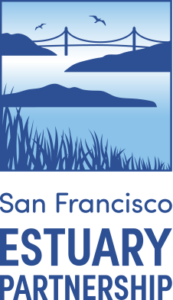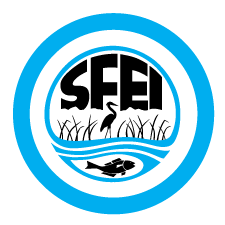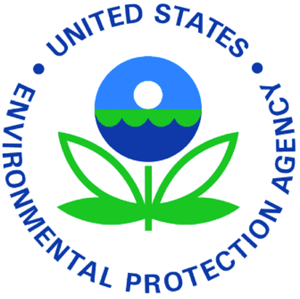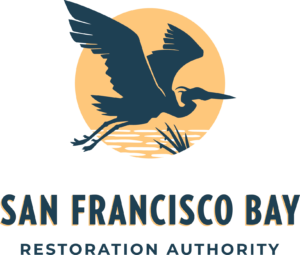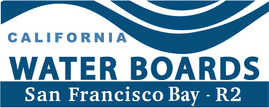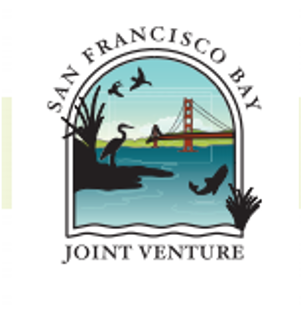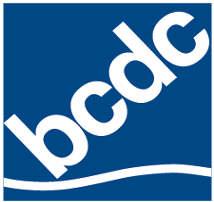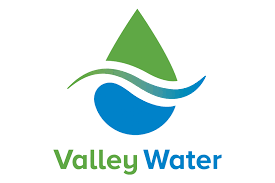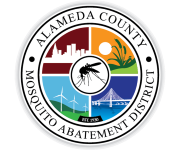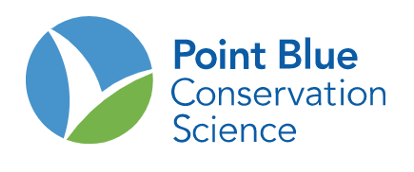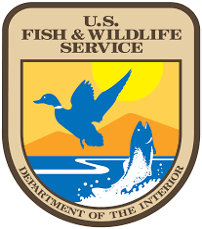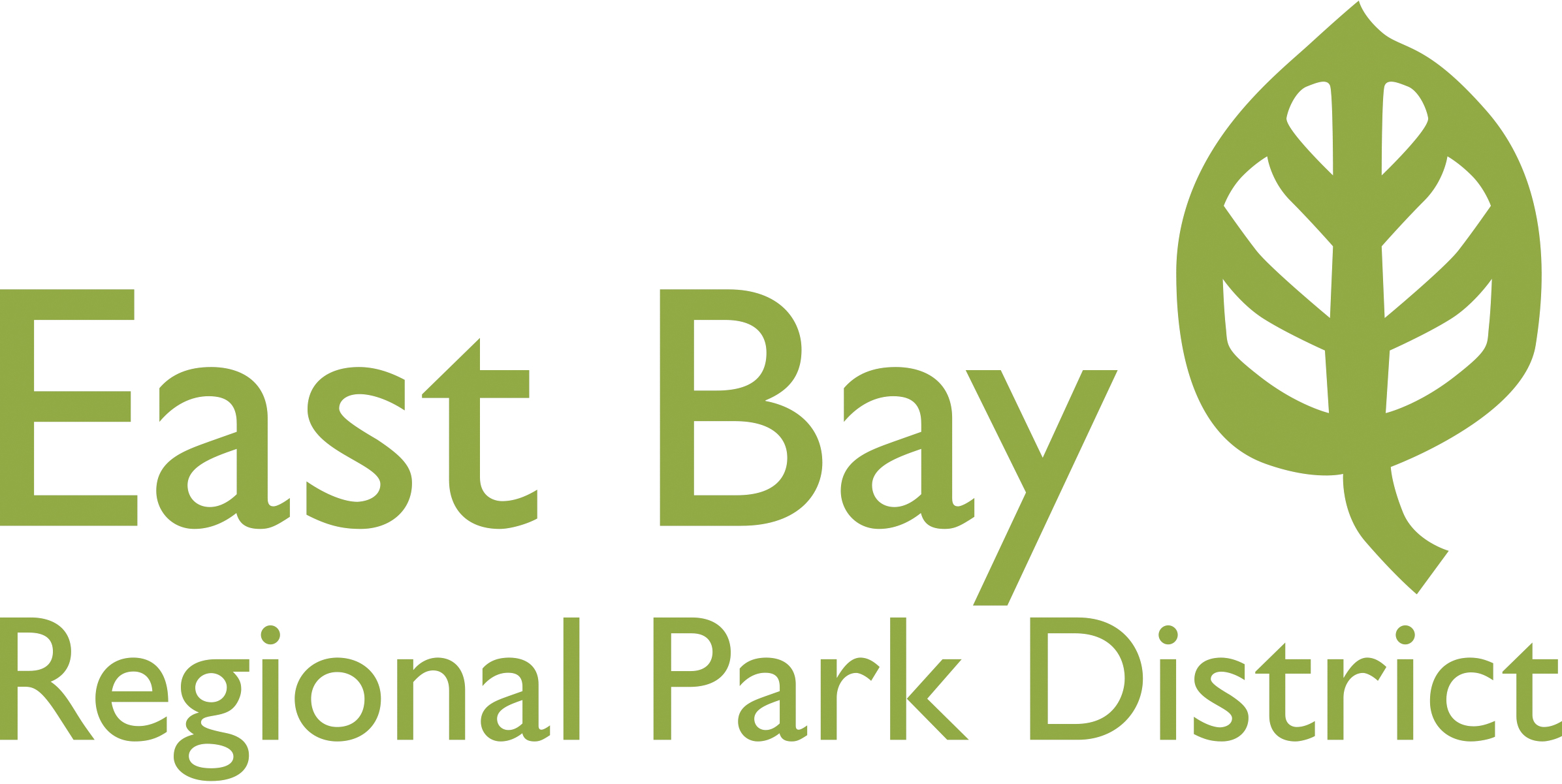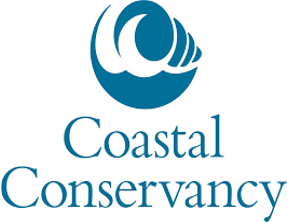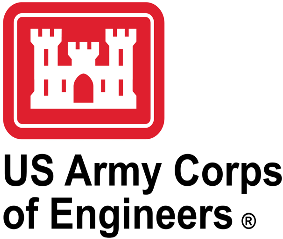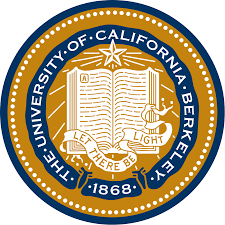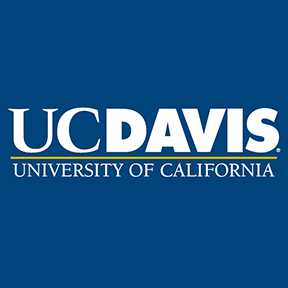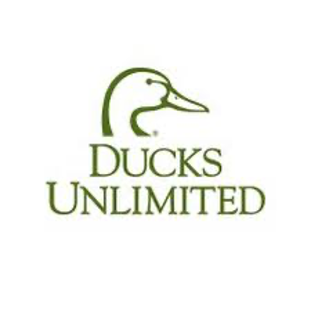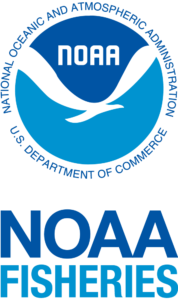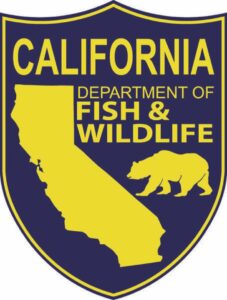Collaborative Science for Healthy Wetlands
Featured news posts
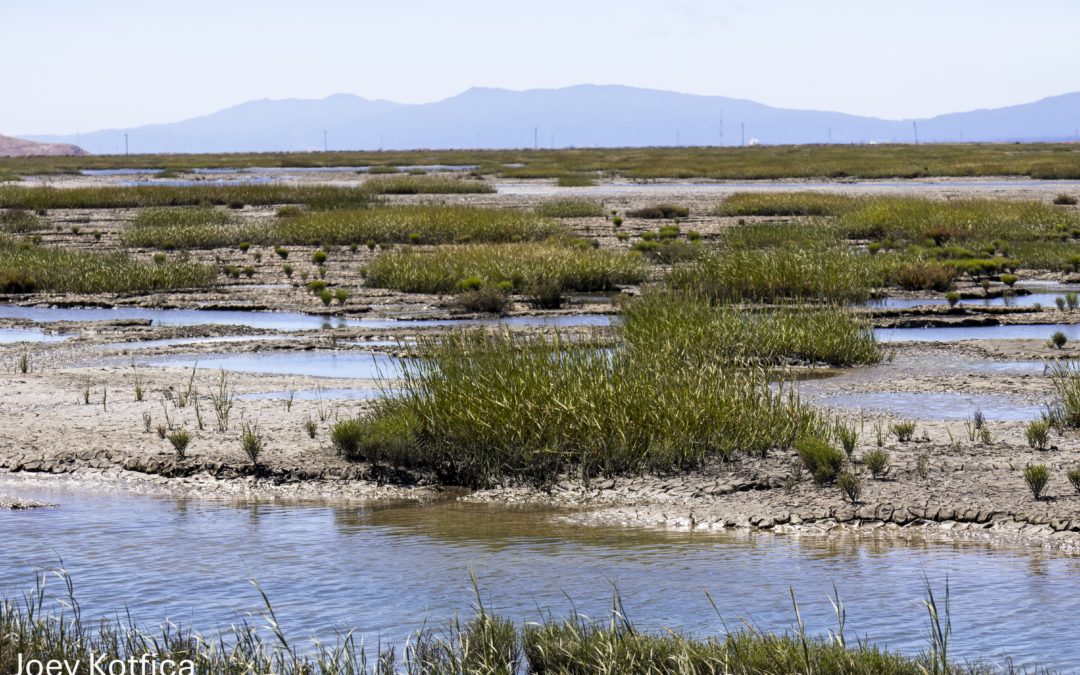
Summer 2025 Newsletter
The Summer 2025 newsletter shares new reports on tidal marsh extent and wetland condition, a tidal wetland restoration data layer, monitoring updates, information on wetland education and workforce development programming, and more!
Spring 2025 Newsletter
The Spring 2025 newsletter highlights a tidal marsh extent webinar, vegetation monitoring updates, alignment of indicators among programs, and more!
Esri Blog Highlights Baylands Habitat Map
Read a new Esri blog post highlighting the value of the Baylands Habitat Map: “Restoration Project Builds Climate Resilience in the San Francisco Bay.”
WRMP Featured in Maven’s Notebook
Read a Maven’s Notebook feature about the WRMP, “Quantum leap in collecting and unifying regional metrics on wetland health.”
About the WRMP
The San Francisco Estuary restoration community is working rapidly to protect and restore wetlands that can provide flood protection, recreation, water quality improvement, and habitat for surrounding communities. In order to meet a regional target of 100,000 acres of healthy wetlands by 2030 (Baylands Ecosystem Habitat Goals, 1999), close coordination is needed between land managers, scientists and regulators. The WRMP will improve wetland restoration project success by putting in place regional-scale monitoring increasing the impact, utility and application of permit-driven monitoring to inform science-based decision-making. Once in place, the WRMP will be a robust, science-driven, collaborative regional monitoring program that includes:
- Monitoring site network
- Open data sharing platform
- Comprehensive science framework
Our Mission
The WRMP delivers coordinated regional monitoring of the San Francisco Estuary’s wetlands to:
- Inform science-based decision-making for wetland restoration and adaptive management, and
- Increase the cost-effectiveness of permit-driven monitoring associated with wetland restoration projects.
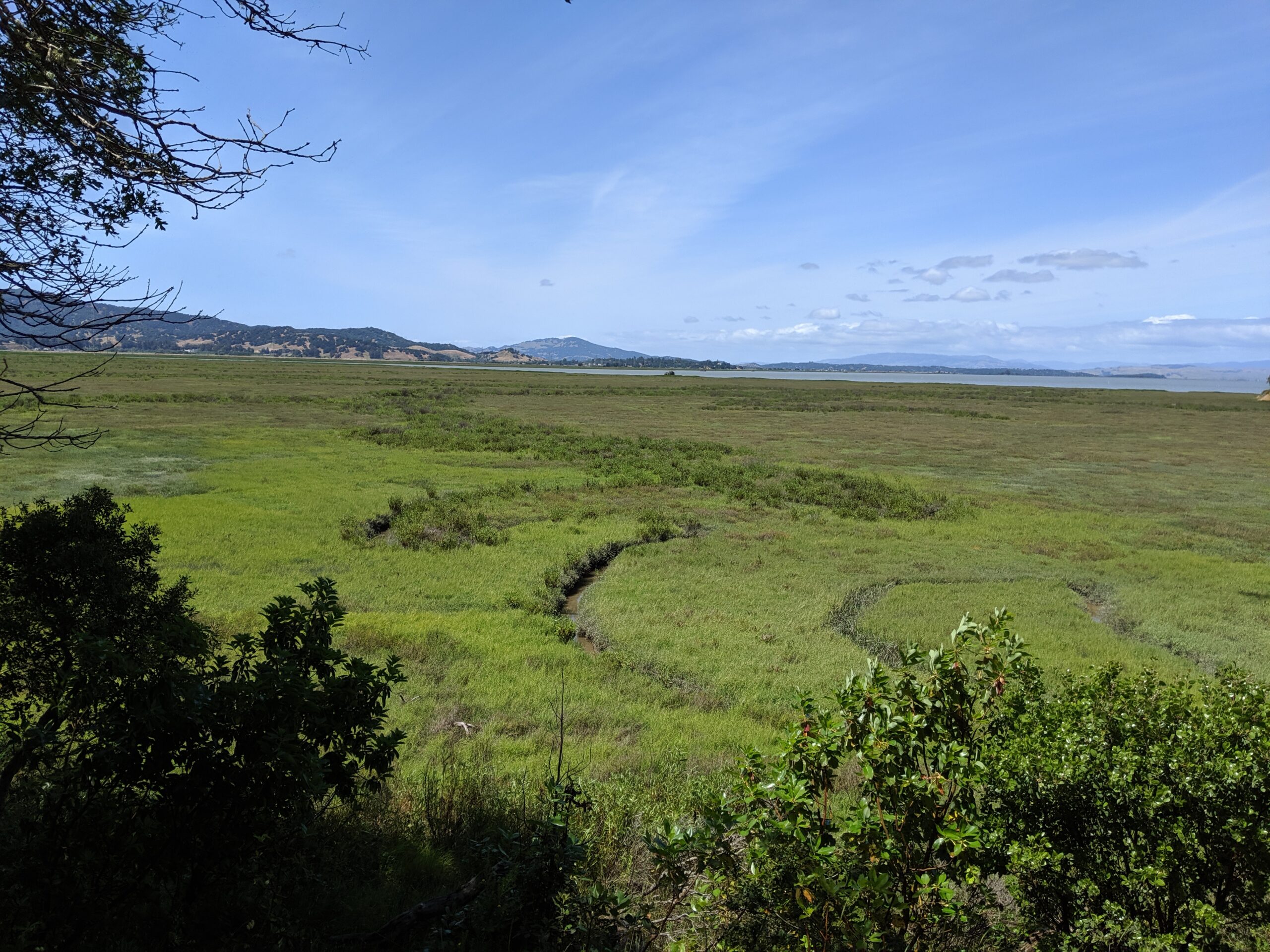
Why Regional Monitoring?
- Supports effort to meet 100,000 acre healthy wetlands goal
- Supports climate change adaptation and priority responses at regional scale
- Informs and potentially facilitates project specific monitoring
- Supports project design and adaptive management via centralized data management and analysis

